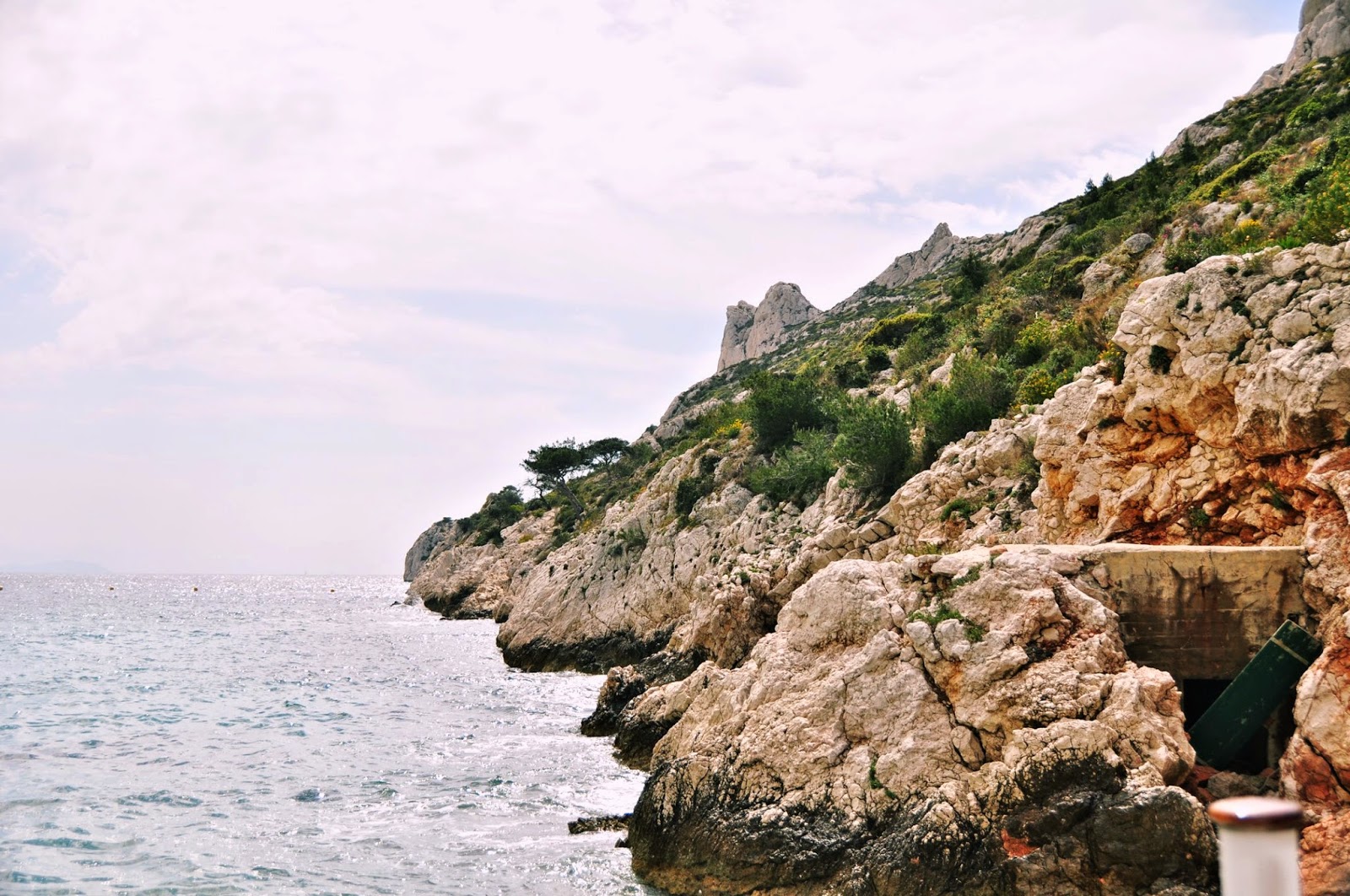Marseille is best known for its port, its 13th century Basilica, a massive cathedral, the fish market, the Arab market, and the heavenly bouillabaisse. However, not all of Marseille is connected to city life and human history. In fact, human existence is a recent addition to this amazing coastal city.
Drive down towards the southern coast of Marseille to a town called Sormiou. Keep heading south until you pass all the houses to an area where car access is restricted. Continue on foot for about 45 minutes until you reach the ocean. Here, the coastline forms a roughly horizontal plane east-ward until Cassis, and it is here a geological event happened around 6 million years ago.
When the Mediterranean Sea began to separate almost completely from the Atlantic around 5 to 6 million years ago, a massive drop of water level took place, causing deep cuts onto the limestone which is now called the Calanques. Soil does not exist here, and plants anchor themselves onto the limestone cracks. The deepest cut - or the biggest Calanque - is at Sormiou, and countless smaller ones can be seen all the way east-ward until Cassis. The Calanques are now declared National Parks.
It is an easy walk towards the bottom, and hikers are greeted with extraordinary scenery of limestone cliff covered with endemic Mediterranean plants. At the bottom of the cliff at Calanque de Sormiou is a quaint little restaurant Le Lunch which serves fresh regional dishes on the ocean front.
It would be interesting to explore the rest of the Calanques. Immediately to the east is the Calanque de Morgiou, where, preserved by nature, are cave paintings in an underground grotto accessible by divers. http://en.wikipedia.org/wiki/Cosquer_Cave
The Calanques can be visited by car then no foot, or by cruise setting off from Marseille. http://www.calanques13.com/
Restaurant Le Lunch: http://www.restaurant-lunch.com/


























No comments:
Post a Comment